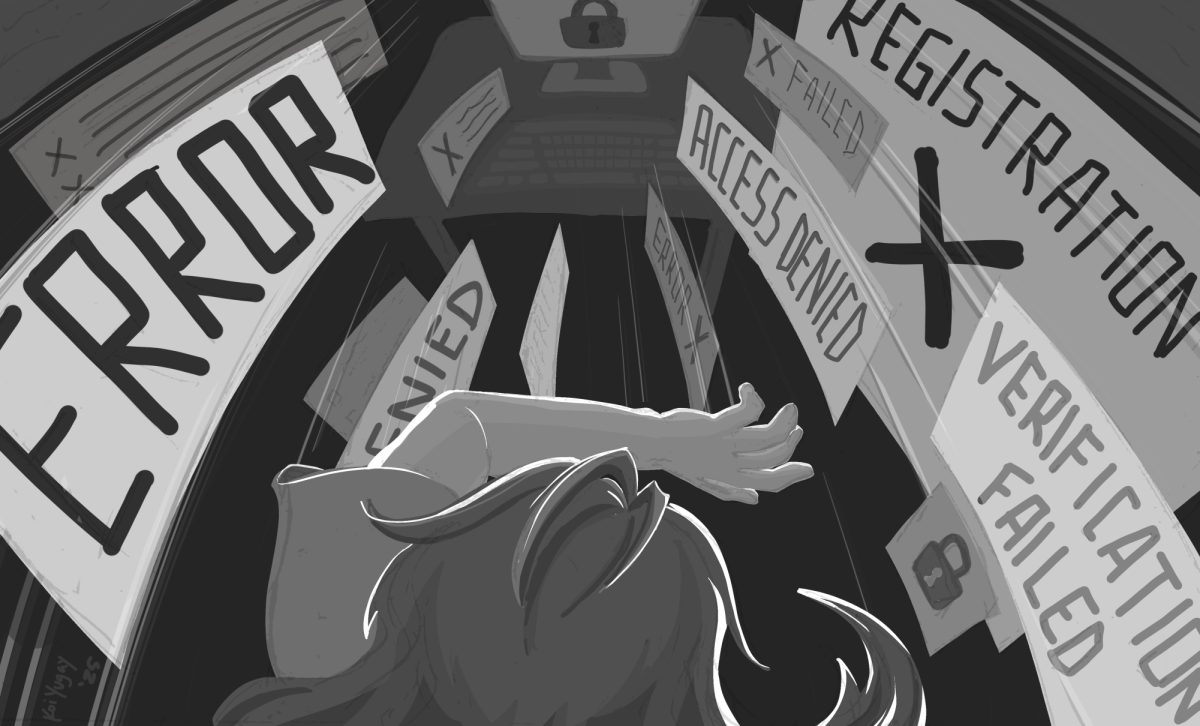Living in California has its ramifications: the summer-like climate, the celebrity sightings and the golden beaches. While most of Californian life is coveted by other parts of the country, there is one aspect that resonates just below the glamorous hype: earthquakes.
The year 1994 was marked by the Northridge quake, which registered a magnitude of 6.7. The damage inflicted and the fatalities incurred reminded Californians of the powerful, natural forces that lie beneath. Yet 15 years later, the level of earthquake knowledge and preparedness is disappointing.
Many people have become complacent in the face of imminent disaster. According to the Los Angeles Times, since the Northridge quake, roughly 0.1 percent of Los Angeles citizens undergo the Community Emergency Response Training program every year, which is offered for free by the city’s fire department.
According to lacity.org, the program includes more than 17 hours of “initial training in earthquake awareness, disaster fire suppression techniques, disaster medical operations, light search and rescue as well as team organization and management.”
In addition, an online poll by the Pasadena Star-News reported that only 17 percent of respondents answered “yes” when asked if they were prepared for an earthquake of 7.0 or higher.
In a study performed by the U.S. Geological Survey, the Southern California Earthquake Center and the California Geological Survey, a forecast was released that predicted a 99.7 percent chance California will experience an earthquake the magnitude of Northridge or greater in the next 30 years.
The probability of that quake striking the greater Los Angeles area is 67 percent.
Many believe a massive California earthquake will be the nation’s next Katrina. Being prepared for that day is the duty of every Californian.
Since 2008, the USGS, the California Earthquake Authority and other organizations have teamed together to create an annual earthquake drill. The Great California ShakeOut was designed to raise awareness of the potential for an earthquake emergency and teach citizens proper safety techniques like the classic “duck, cover and hold on.”
Last Thursday, colleges like EC chose to participate in what is being billed as the largest earthquake drill in U.S. history. While the drill was not 100 percent effective (some instructors chose to have their students file outside right away instead of having them duck under their desks, and once outside many students chose to stand underneath building balconies or near large, glass doors), it did get students talking.
While the drill was performed mostly in public facilities, one can prepare in their own way at home as well.
A supply of food and water is vital. Everyone should store a backpack of enough food and water for at least three days somewhere in their home. Pre-made backpacks can be purchased at Web-sites such as earthqakestore.com for those who are unsure of what to pack.
Other items, such as a fire extinguisher, a flashlight, a whistle to alert rescue searchers of your location should you become trapped, extra prescription medicine and first aid kits should be stored as well.
In addition, one should take the time to earthquake proof their home as much as possible. Avoid placing heavy items on upper shelves, and either tape or glue breakable items to a surface. Keep from hanging things above beds should an earthquake occur during the night.
It’s important to create an emergency plan with your family and make sure that every member, no matter how old or young, knows the best places to go in the event of an earthquake. The best places are under a doorframe, under the kitchen table, under their bed, or other designated safe spots.
Knowledge and awareness are key to preparation. Therefore, take the time to learn about the location and the activity of local faults to see what kind of a risk they pose to you. Such information can be found on the Southern California Earthquake Data Center Web-site, or www.data.scec.org.
Attending the Community Emergency Response Training program would benefit any Californian resident. If you are interested, you can call the disaster preparedness unit at (818) 756-9674 for more information.
Earthquakes are a part of life in California. Events like the Northridge quake should rattle us out of complacency, and teach us that it is not a matter of if, but rather when it will happen again.






